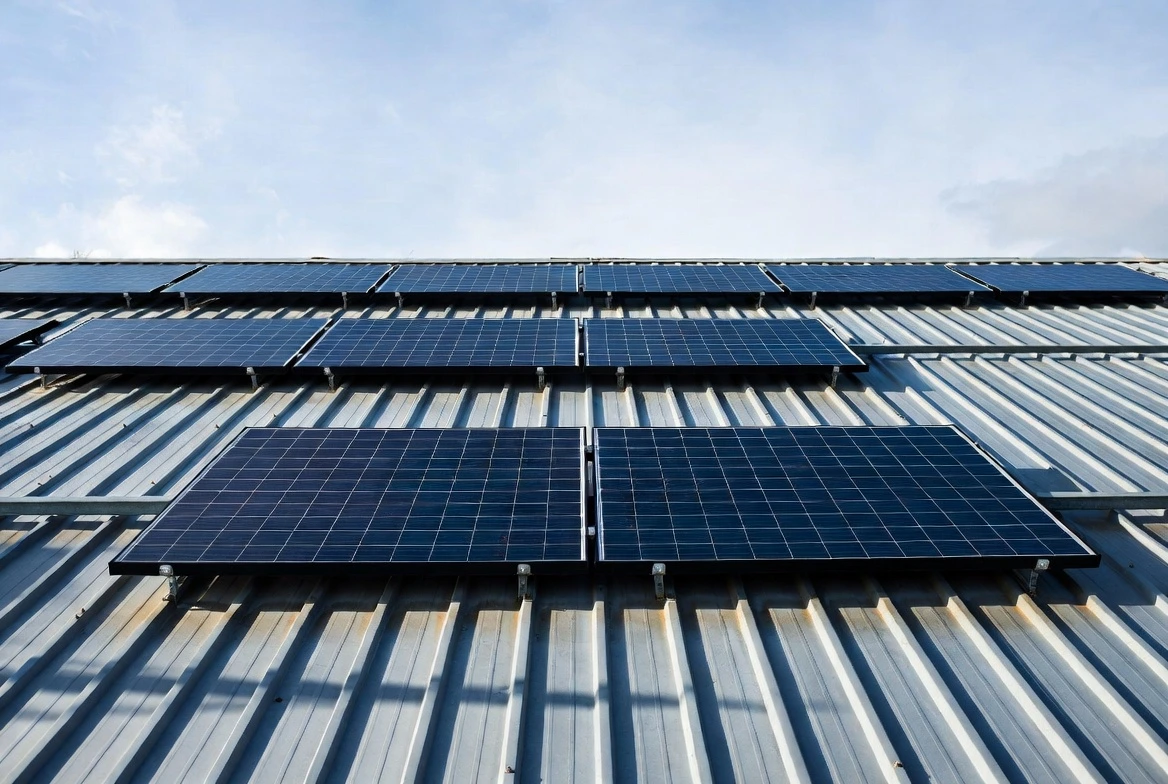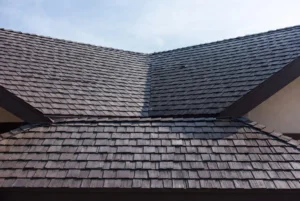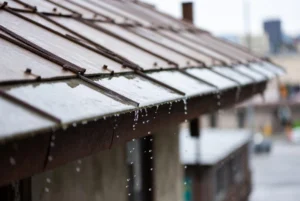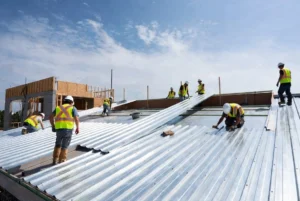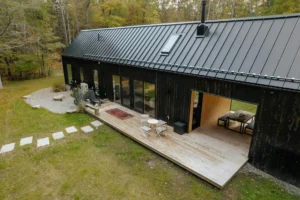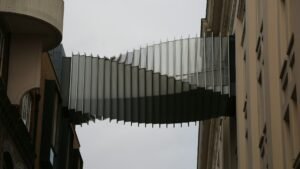You’ve got a metal roof. You want solar panels. But you’re worried about drilling holes, voiding warranties, and creating leaks. Fair concerns.
I get this question constantly at Rainy Roofers. Homeowners love the idea of solar but panic about damaging the roof they just invested thousands in.
So let me give you the straight answer: Yes, you can absolutely put solar panels on a metal roof. In fact, metal roofs are one of the best surfaces for solar installation. Here’s everything you need to know.
Why Metal Roofs Are Actually Ideal for Solar Panels
Most people assume metal roofs complicate solar installation. The opposite is true.
Metal roofs outlive solar panels. Your panels will last 25-30 years. A quality metal roof lasts 40-60 years. That means you won’t need to remove panels for a roof replacement halfway through their lifespan.
With asphalt shingles? Different story. They only last 12-30 years. You might replace that roof while your panels are still cranking.
That’s money wasted on removal and reinstallation.
Metal roofs also reflect heat better than asphalt. Add solar panels on top, and you’re maximizing cooling benefits. Less AC usage. Lower energy bills. Double win.
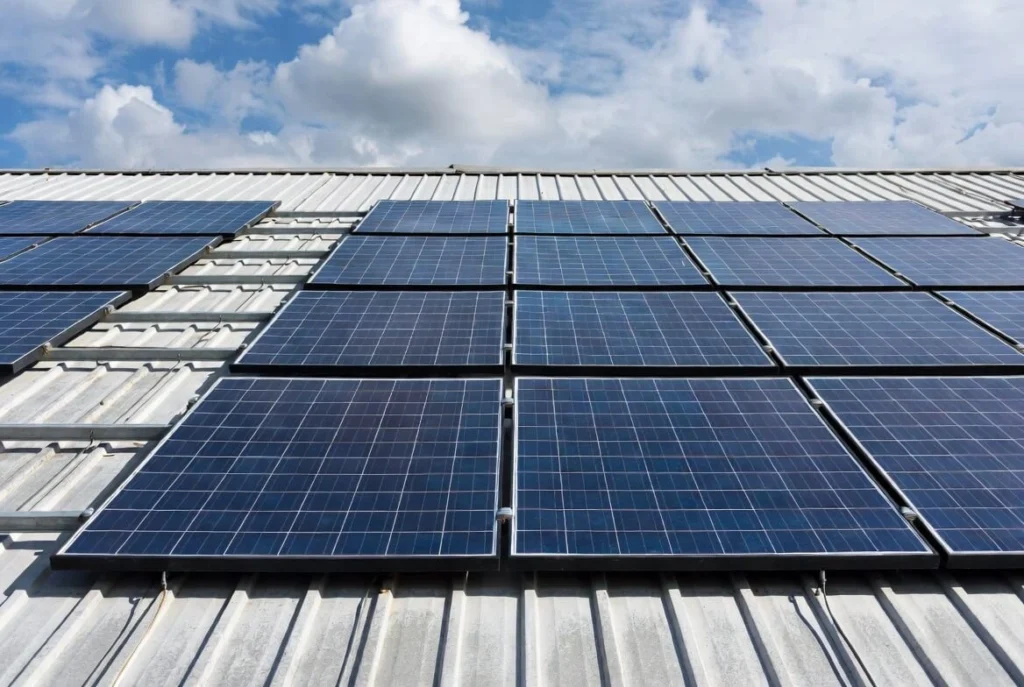
Metal Roof Solar Mounts: Your Options Explained
The mounting system is where metal roofs really shine. Depending on your roof type, you might not need a single hole drilled.
Let me break down the options.
Standing Seam Metal Roofs
This is the gold standard for solar installation.
Standing seam panels have vertical ribs along the edges. Metal roof solar mounts clamp directly onto these seams. No drilling. No penetrations. No leak risk.
Companies like S-5 and Quick Mount PV make clamps specifically for this. Your installer attaches the mounting system to the seams, and you’re done.
Benefits of standing seam solar mounting:
- Zero roof penetrations
- Faster installation time
- Lower labor costs
- Maintains roof warranty
- Completely watertight
If you’re considering a new standing seam metal roof, factor in solar compatibility. It’s one of the smartest long-term investments you can make.
Corrugated Metal Roofs
Here’s where it gets trickier.
Corrugated roofs require fasteners that penetrate the panels. There’s no way around it.
SnapNrack makes Straddle Blocks that sit on the ridges and allow screws to go through the center. But waterproofing becomes critical. Your installer must use proper sealant, or you’re looking at leaks down the road.
Important considerations:
- Penetrations may void manufacturer warranty
- Sealant quality matters enormously
- Professional installation is non-negotiable
Check your roof warranty before proceeding. Some manufacturers won’t cover damage after penetrations.
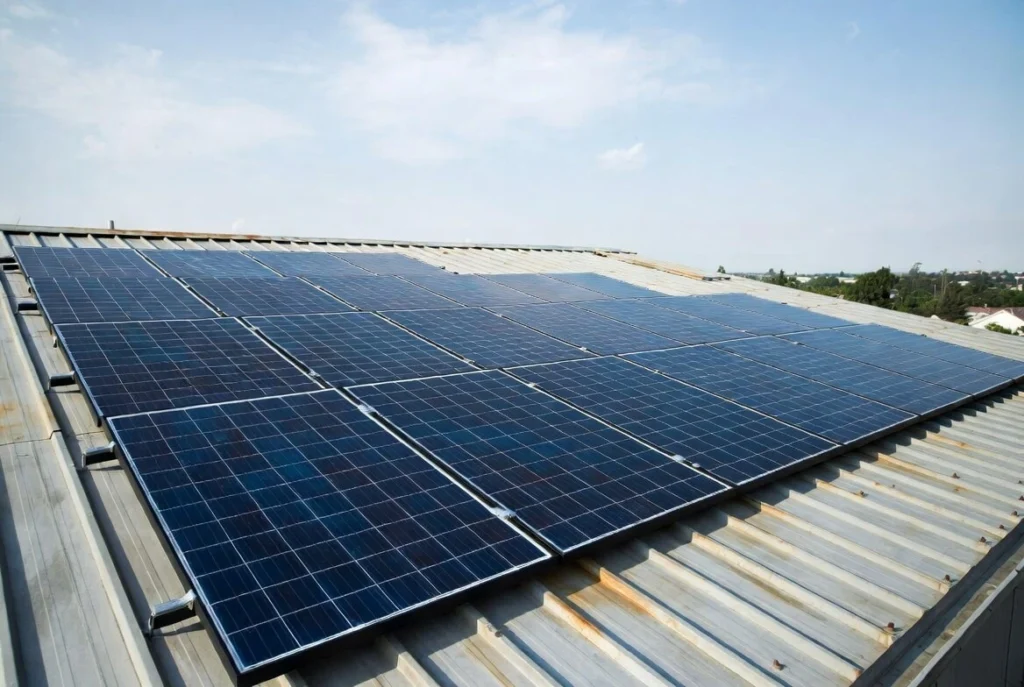
Metal Tile Roofs
Quick Mount PV makes a Tile Replacement Mount for these. Instead of drilling, your installer swaps existing tiles with mounting tiles shaped to match your roof.
Clean solution. Maintains waterproofing. Looks seamless.
The Real Cost of Solar on Metal Roofs
Let’s talk numbers.
Your mounting system runs 10-25% of your total solar system cost. That’s a significant chunk, but metal roof solar mounts often save money on labor because installation is faster.
The federal solar tax credit covers 30% of your entire system, including:
- Solar panels
- Installation labor
- Mounting hardware
- Batteries and storage equipment
Zillow found homes with solar sell for 4% more than homes without. Between tax credits, energy savings, and increased home value, the ROI makes sense for most homeowners.
For a detailed breakdown on your specific situation, check out our guide on metal roofing costs and savings.
What Direction Should Solar Panels Face?
South-facing installations get maximum efficiency. That’s the sweet spot.
West and east work too, though you’ll see slightly reduced output.
Avoid north-facing if possible. The efficiency drop makes it less worthwhile.
Your installer will assess your roof’s orientation and pitch during the initial consultation. If your metal roof faces south with minimal shading, you’re in prime position.
Maintenance Is Almost Nothing
Here’s what I love about this combo.
Metal roofs are low maintenance. Solar panels are low maintenance. Together? You’re looking at an annual cleaning and occasional inspection. That’s it.
Most solar installers offer cleaning services. Some homeowners just spray them down with a hose once or twice a year.
Compare that to the constant repairs and replacements other roofing materials need. The long-term simplicity is hard to beat.
We cover maintenance schedules in our industrial roof maintenance if you want specifics.
Color Matters More Than You Think
Planning to install a new metal roof before going solar? Pick your color strategically.
Light colors (white, beige, light gray) reflect 55-90% of sunlight. Dark colors reflect only 5-20%.
That reflection keeps your roof cooler, which means your AC works less. Pair that with solar panels generating your electricity, and you’re stacking energy savings.
It’s a small decision with big long-term impact.
Thin-Film Solar: An Alternative Worth Knowing
Most residential solar uses standard silicon panels. But metal roofs open another option: thin-film solar.
Thin-film panels have a lower profile and require less energy to manufacture. They’re not as efficient per square foot, but they work exceptionally well on standing seam metal roofs.
MiaSolé specifically markets their thin-film panels for metal roof applications.
Worth discussing with your installer if aesthetics or environmental impact are priorities.
Will Solar Panels Damage My Metal Roof?
This is the fear that stops most people.
With proper installation using the right metal roof solar mounts, no. Your roof stays intact.
Standing seam installations don’t touch the roof surface at all. The clamps grip the seams without any penetration.
Corrugated installations require penetrations, but qualified installers know how to seal them properly. The key is hiring someone experienced with metal roofs specifically.
At Rainy Roofers, we always recommend getting multiple quotes and asking installers about their metal roof experience. Don’t assume everyone knows what they’re doing.

Frequently Asked Questions
Can you put solar panels on any type of metal roof?
Yes. Standing seam, corrugated, and metal tile roofs all support solar installation. The mounting method varies by roof type, but all are compatible.
Do solar panels void metal roof warranties?
It depends on the installation method. Standing seam clamp mounts typically don’t affect warranties. Penetrating installations on corrugated roofs might. Check with your roof manufacturer first.
How long do solar panels last on a metal roof?
Solar panels last 25-30 years with warranties often extending to 25 or even 40 years. Your metal roof will likely outlast them, which eliminates the hassle of roof replacement mid-system.
Is a metal roof better than shingles for solar?
Generally, yes. Metal roofs last longer, offer no-penetration mounting options, and won’t need replacement before your panels do. Shingles may require removal and reinstallation of panels during roof replacement.
How much does it cost to install solar on a metal roof?
Costs vary by system size and roof type. The mounting system runs 10-25% of total cost. Federal tax credits cover 30% of everything, making the investment more accessible.
Do I need to replace my metal roof before installing solar?
Only if your roof is near the end of life. Metal roofs in good condition don’t need replacement. Have a professional roof inspection to assess conditions before committing to solar.
The Bottom Line
Can you put solar panels on a metal roof? Absolutely. Should you? In most cases, yes.
Metal roofs and solar panels are a natural pairing. The durability matches. The mounting options are superior. The energy efficiency compounds.
Just make sure you’re using the right metal roof solar mounts for your specific roof type and hiring installers who know metal roofs inside and out.
At Rainy Roofers, we work with homeowners planning solar installations to ensure their metal roof is ready and optimized. Contact us for a consultation, and let’s make sure your roof and solar system work together for decades.

